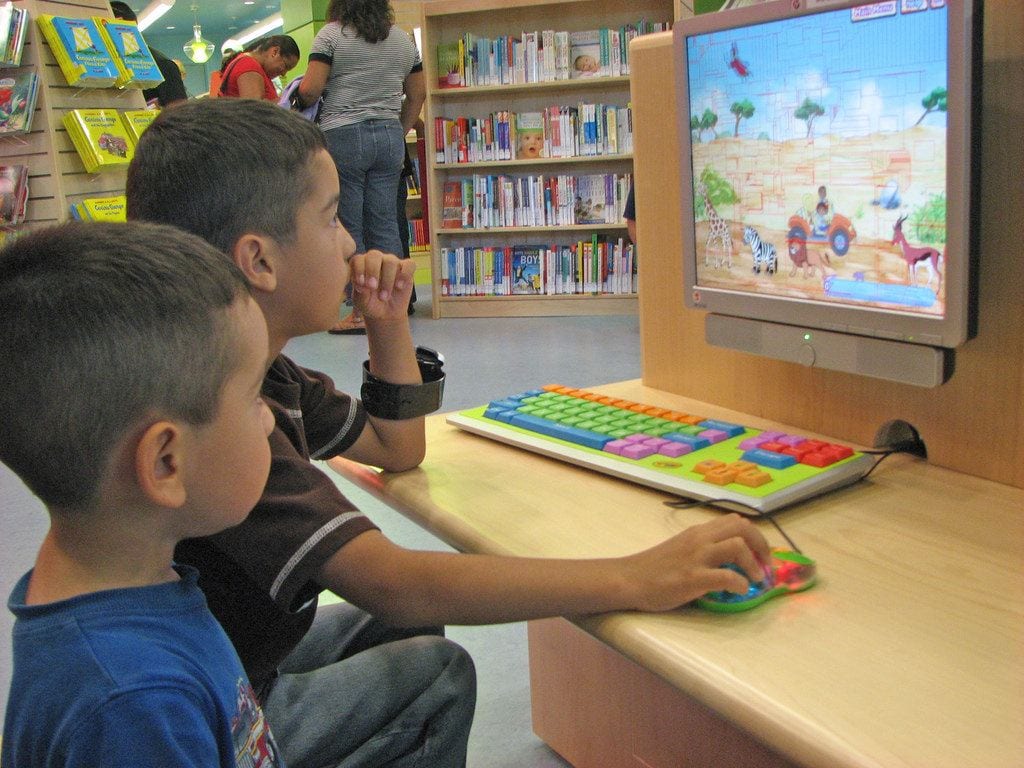 Why should children do learning at home?
Why should children do learning at home?
- Improves students’ self-regulation (the ability to independently manage their time, goals, focus, distractions, and personal responsibility for learning) which prepares students for the demands of NCEA, tertiary or university studies, as well as later work and home life.
- Learning with a digital device, further increases opportunities for students to practice and develop self-regulation as reading online is thought to be far more complex than traditional print reading.
- Increases students’ achievement and sets them up for future success in the wider world of work and social life.
- Builds habits that contribute to future success such as promotion at work, completing goals on time, and looking after personal needs such as your health.
- Gives opportunities to improve parental (or caregiver) involvement and connections at school, culturally and within families
When should I use this site with my child?
- When children have not been set any home learning after school;
- If your child has ‘finishing-off’ or ‘catch-up’ work from class, but has completed this work in 30 minutes or less;
- If your child has completed learning set by the teacher, but wants to be further challenged;
- To maintain learning during school holidays (and especially in combating the ‘summer effect’, where research suggests literacy learning declines.
How much time should my child spend on learning at home?
Research suggests using the following formula:
Multiply grade/level by 10 minutes
eg. Year 6 = 6×10 (60 minutes)
If you feel your child is doing too much or too little learning at home, talk to or email their teacher to discuss your concerns.
If you have done the above calculation and believe your child is not spending enough time on serious after school learning, consider supplementing by using the learning tasks on this website (which have been approved by your child’s school).
 Why should Children Do Learning at Home?
Why should Children Do Learning at Home?
There are many conflicting views about doing ‘homework’ or set learning at home. Some teachers and researchers do not support setting learning at home because they claim it takes time away from important family, social and special interest activities like sport and recreation. There is also the argument that not all families are in a position to support home learning, due to economic and social factors such as affording the time after work or resourcing, as well as language and academic knowledge barriers. There are parents who feel they do not know enough, either about what their child is learning about at school or in their experience as computer users.
The Benefits of Home Learning
Homework has always been a part of school life, and not without good reason. Research repeatedly shows that the right sort of learning at home has the following benefits:
Improves students’ self-regulation (the ability to independently manage their time, goals, focus, distractions, and personal responsibility for learning) which prepares students for the demands of NCEA, tertiary or university studies, as well as later work and home life. Even when young people leave home, the routine of self-directed home learning prepares young people for challenges such as time management and activities as simple as managing bills. Learning with a digital device, further increases opportunities for students to practice and develop self-regulation as reading online is thought to be far more complex than traditional print reading (see this article by Julie Coiro for more detail) and online distractions have been found to be far more challenging.
Increases students’ achievement (scores, grades or levels) and sets them up for future success in the wider world of work and social life. Research studies repeatedly show a positive relationship between homework and student achievement; meaning homework has been found to increase students test scores, grade averages and other measures of academic ability. The skills students learn from managing and discussing their independent learning at home, also has positive impacts beyond school. For example, managing and motivating yourself to do a certain amount of learning and study (without needing teacher or parent direction) builds habits that contribute to future success such as promotion at work, completing goals on time, and looking after personal needs such as your health.
Opportunities to improve parental (or caregiver) involvement and connections at school, culturally and within families. Involvement in children’s learning at home need not cause undue pressure or conflict. Rather, a small investment in time and the right approach can have very positive returns for parents and students. It may be helpful to think about the following:
Your role is not to be the expert or to teach students what they need to know. Parents are not expected to be experienced with computers. Work that is set for students to do at home should be at a level they are able to manage independently, with all task instructions clearly available for a parent or supporter to follow. If students get stuck or need support, it is important that you have some strategies (see strategies guide below) to suggest, rather than giving the answer or doing the work for them.
Try to find 10 minutes, 2 to 3 times a week (at a convenient time, such as after the family evening meal or when your child has finished their learning activities) to have a brief ‘learning conversation’ (see below). A learning conversation is designed to be an enjoyable and rewarding way you can become informed about what your child is learning, but it also deepens students’ understandings and confidence as they use vocabulary to explain particular concepts and knowledge (or how they made decisions to create and share these understandings in the online environment).
Affirm and encourage your child’s independent learning efforts at home by giving positive feedback on the way they created or shared their learning online. Be specific and where necessary, follow up with positive feedback, especially about ways your understanding of their learning could have been improved or made more interesting.
Use email, online parents’ forum or telephone/visit your child’s teacher to discuss any concerns you may have, to ask for advice or celebrate positive learning experiences.
Giving your child the platform to answer your questions and showcase their learning, rather than just checking for completion or correctness, reduces negativity and pressure associated with learning work at home. It also provides opportunities to strengthen cultural and personal connectedness, in sharing together the relevance to home and community life. When this knowledge is then made available for sharing with your child’s teacher, home-school links are also strengthened.
Strategies for Whānau/Parents
Looking for some strategies to help your tamariki learn better at home? Visit our Strategies for Whānau/Parents page for ideas about learning conversations, prompts, and strategies to build children’s independence.
